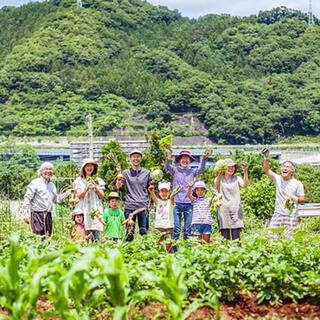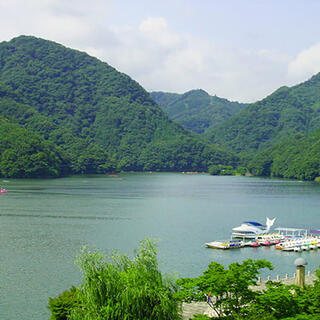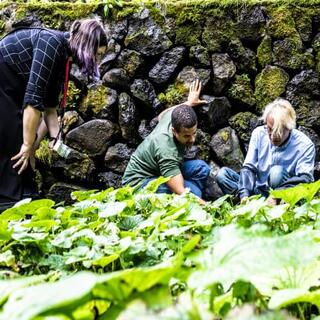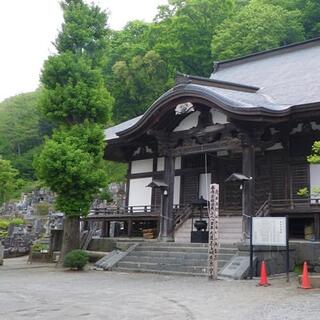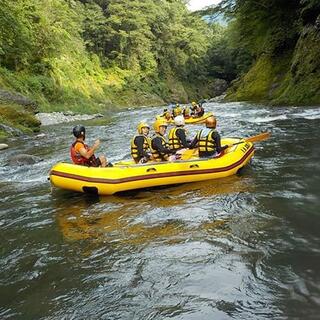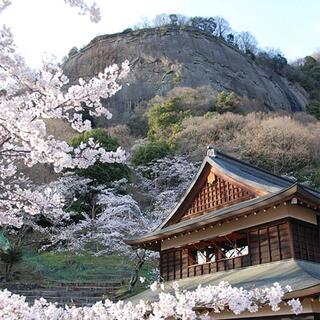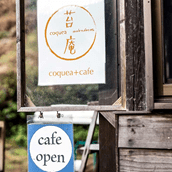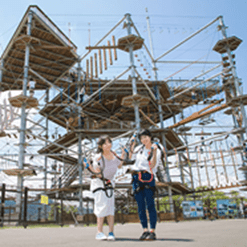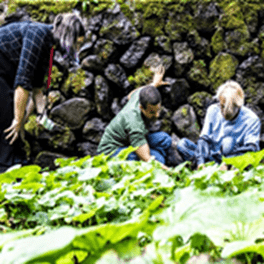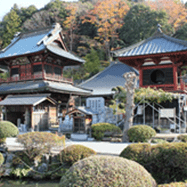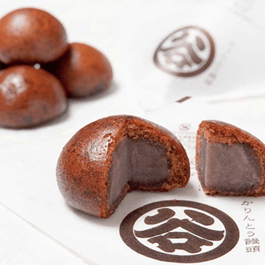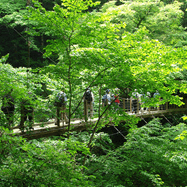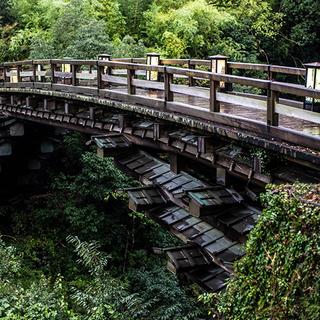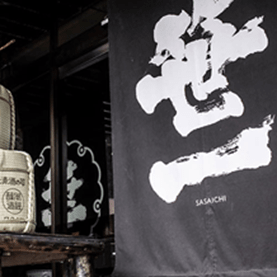TOKYO WESTSIDE Cultural and Artistic Experiences
First day: 9 hours, second day: 9.5 hours
About 32,000 Japanese Yen~
On this two day tour along the riverside that flows from Mt. Fuji, you’ll try your hand at crafts in Sagamihara and Otsuki. A walk around the Tsuru area will transport you back to times of the samurai with castle ruins, Edo-period temples and traditional festival floats all offering a glimpse at how people lived in ancient Japan. But not only that, a juxtaposition with modern technology is also part of the program, with a visit to see how modern railway technology works.
Walk
Train
Bus
Cable Car
Car
-
Depart hotel (around Tokyo Station)
Train About 1.5 hours by JR Chuo Line and Chuo Honsen Line trains
-
Arrive at JR Fujino Station
Car 10 minutes by taxi
-
Experience woodworking crafts
At Fujino Workshop for Art, visitors can experience pottery, woodworking, glasswork (sandblasting) and other kinds of art without prior reservation.
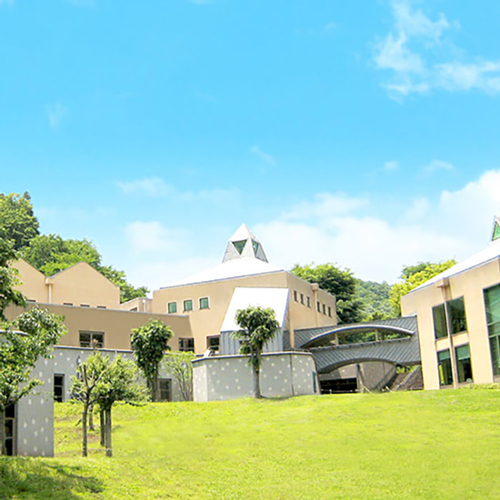
Car 10 minutes by taxi
-
Lunch (near Fujino Station)
Walk
-
Arrive at JR Fujino Station
Train 30 minutes by JR Chuo Honsen Line train
-
Arrive at JR Otsuki Station
Car 15 minutes by taxi
-
Creating blown glass
Shiraishi Glass Studio lets you try your hand at glassblowing, beadmaking, sandblasting and hand- and foot-molding for toddlers. The real draw, however, is the chance to make Mt. Fuji in your own original colors.
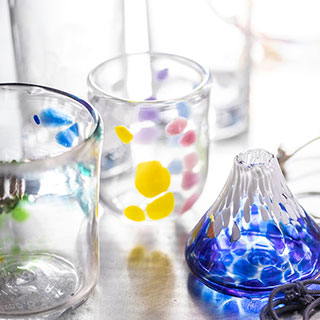
Car 15 minutes by taxi
-
Arrive at JR Otsuki Station
Train 20 minutes by Fujikyuko train
-
Arrive at Tsurushi Station on Fujikyuko Line
Stay at a hotel near Tsurushi Station
-
Depart hotel
Arrive at Tsurushi Station on Fujikyuko Line
A Stroll Through History(History walk in Yamuramachi)Recommended:
With a stone bridge preserved from the Edo period and samurai monument, this gives visitors a chance to see the depth of Tsuru's history and castle routes.
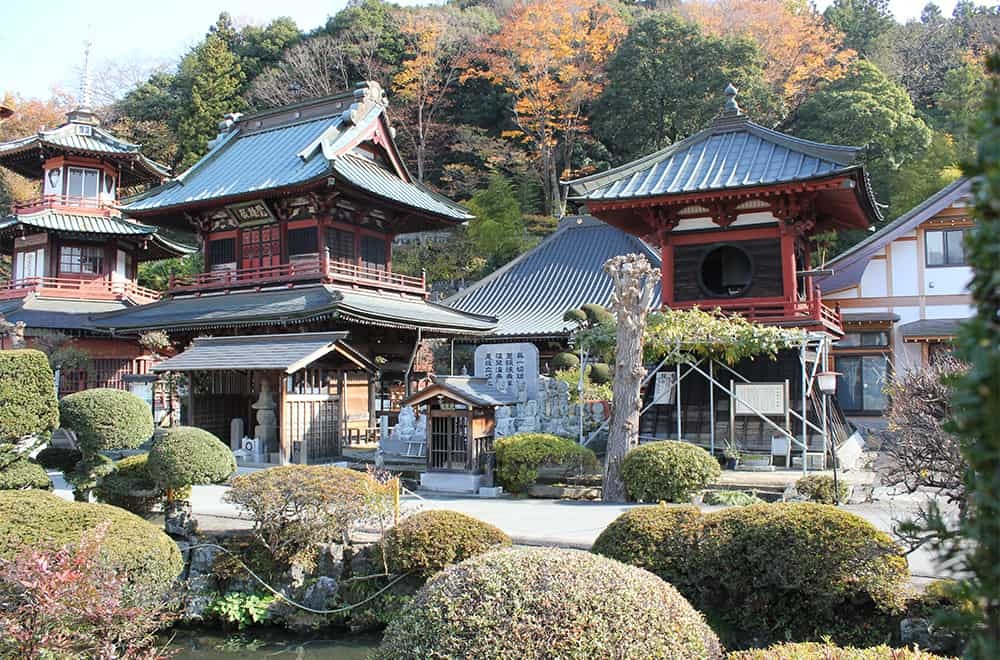
Renowned haiku poet Matsuo Basho is said to have stayed in Yamura for about half a year at the Tourinken. The present building is a recreation of the original built by volunteer city residents.
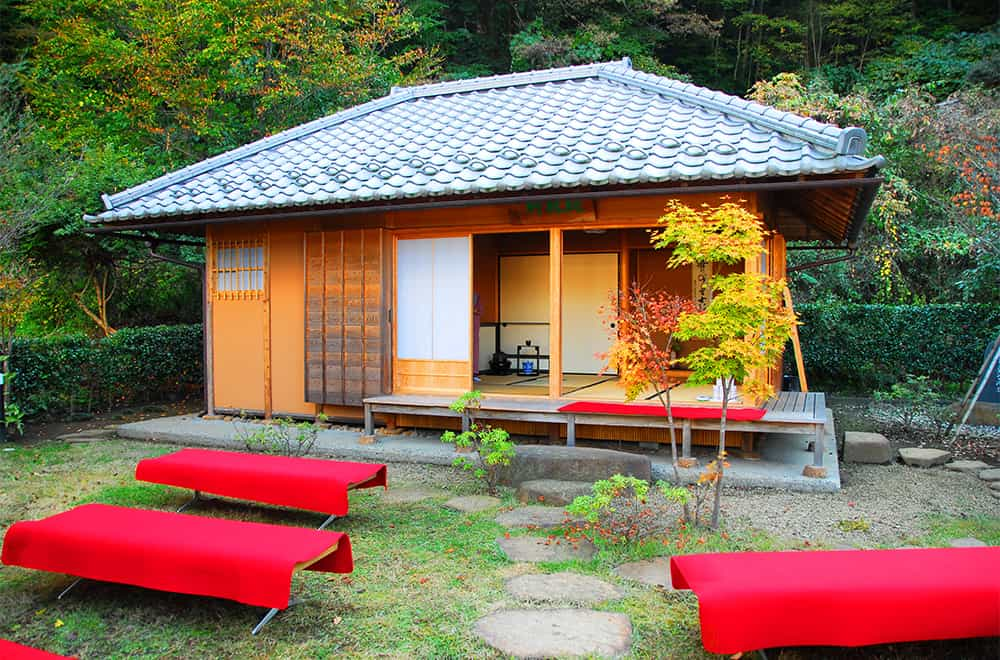
The building once belonged to a silk merchant and was built in 1921. The interior retains the look and furnishings of the Taisho Period (1912–1926) with what are now rare hand-carved kumiko lattice work and shoji paper doors.
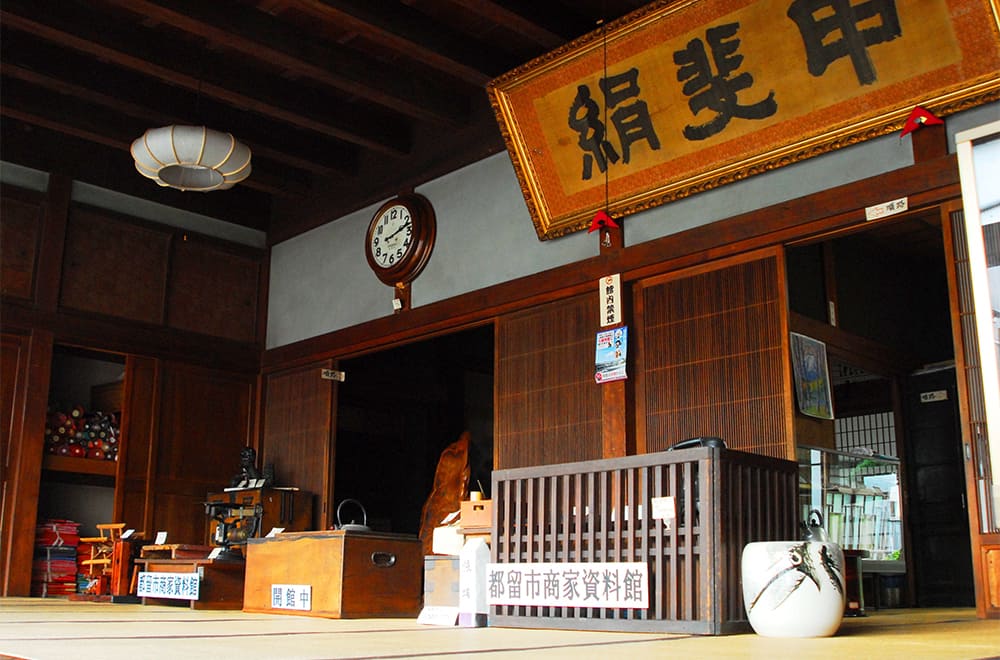
Hassaku Festival Float Display Warehouse
The Hassaku Festival is one of the three major festivals of the Gunnai area and is held each year on September 1st. Here, three of the large festival floats that feature in the event are on display.
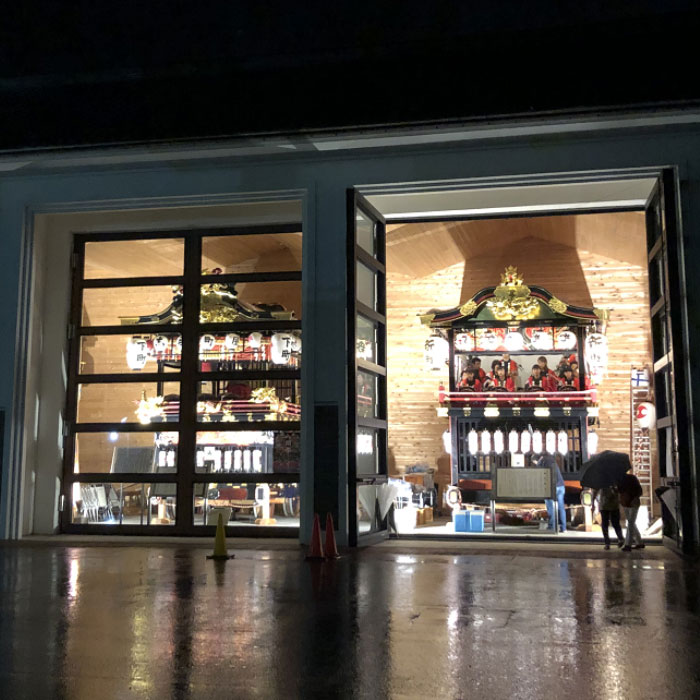
The museum shows off the history of Tsuru city, especially as a castle town, and has beautifully decorated stalls used in local festivals.
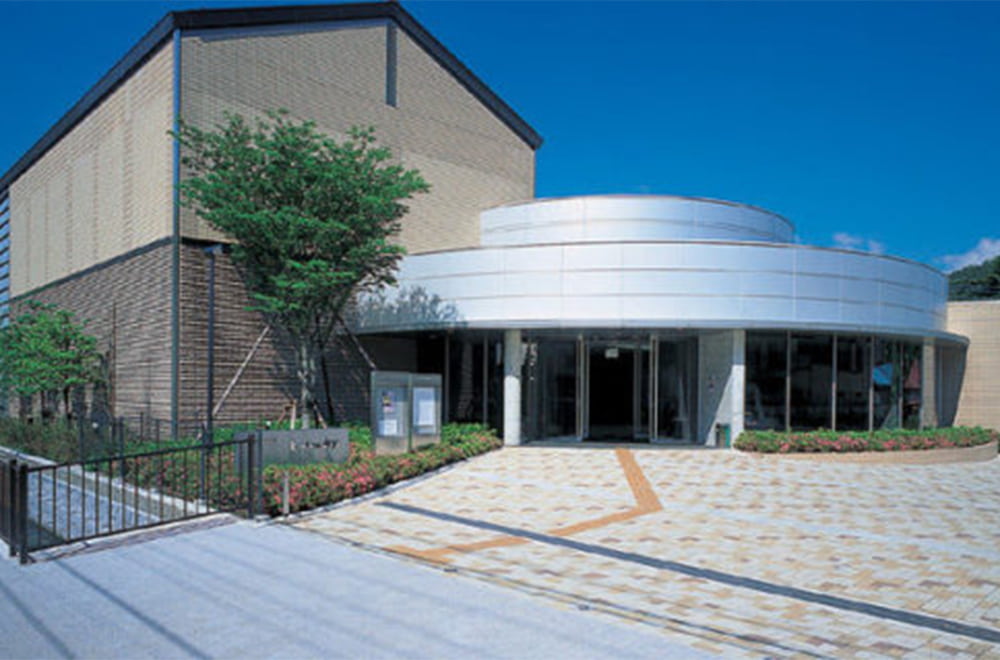
Katsuyama Castle Ruins/Shiroyama Park
The castle ruins include the foundations and inner moat, and the remains of many stone walls conjure up images of its former glory. In spring, don't miss the view of Mt. Fuji over the tops of the blooming sakura trees.
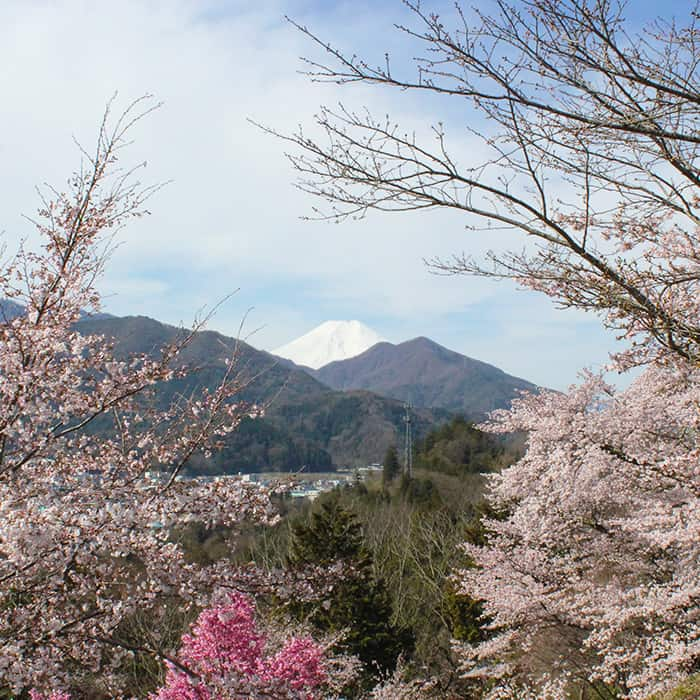
When making sweets, Naraya places importance on the blessings of nature unique to its location at the northern foot of Mt. Fuji as well as the flavor of the ingredients.Recommended items are Okashi Tofu, a soymilk-based sweet that looks like tofu, and crispy cream puffs.
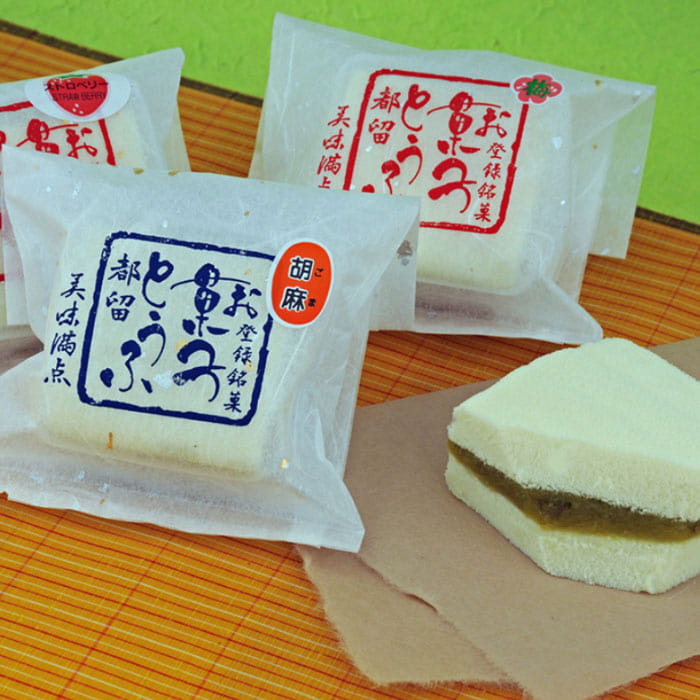
Established in 1892, Sugaya is a traditional Japanese confectionery shop.Karinto Manju uses handmade bean paste with time-honored flavor and dark molasses. It represents the shop’s strong commitment.
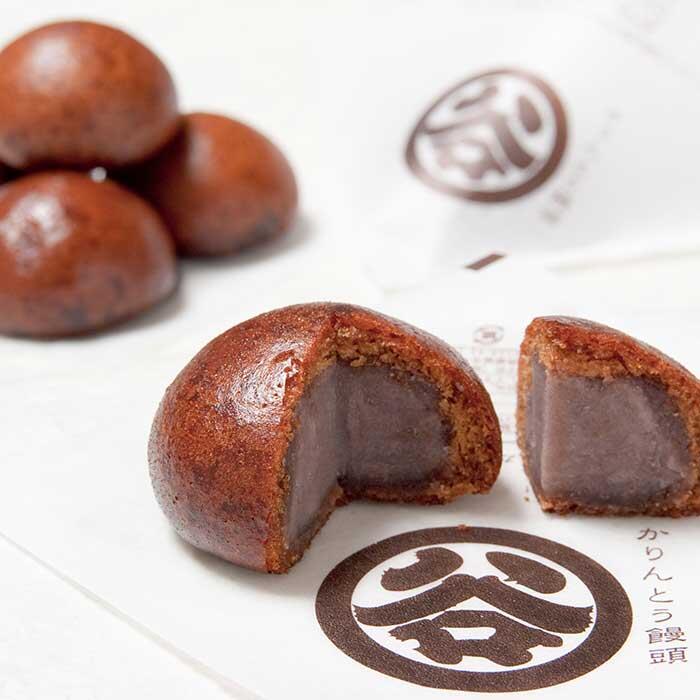
-
Arrive at Yamuramachi Station on Fujikyuko Line
Bus 20 minutes by Fujikyuko bus
-
Lunch
Michinoeki Tsuru looks like a simple rest stop, but it is filled with local ingredients and produce and is perfect for finding excellent souvenirs. There is a restaurant that uses many local ingredients as well as many different events. It is fun for the whole family.
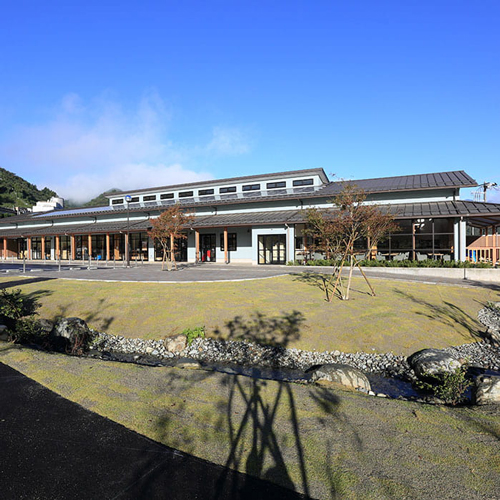
Walk 10 minutes on foot
-
Built in 1878 as an elementary school, the building employed what was locally known as the Fujimura style of architecture. It was later renovated into this local history museum, and in it, you will see an archive documenting the education and folklore covering the Meiji and Showa eras.
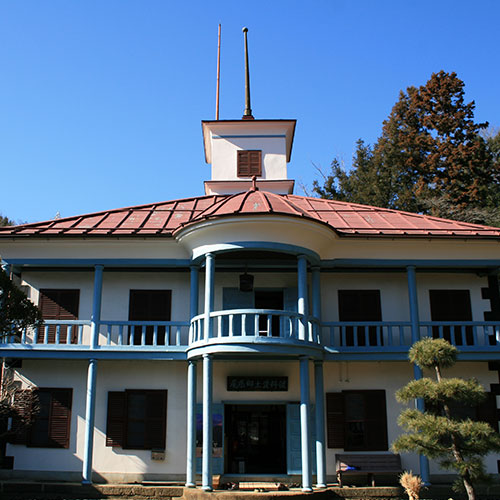
Walk 10 minutes on foot
-
Yamanashi Prefectural Maglev Exhibition Center
Learn all about Japan’s ambitious plans to build a maglev train line linking Tokyo to Nagoya in just 40 minutes by 2027. Be sure to check the homepage ahead of time and plan your visit when the train is out for test runs!
Bus15 minutes by Fujikyuko bus
Car10 minutes by taxi
-
Arrive at JR Otsuki Station
Train About 1.5 hours by JR Kaiji Express, JR Chuo Line and Ome Line trains
-
Arrive at hotel in Tokyo





